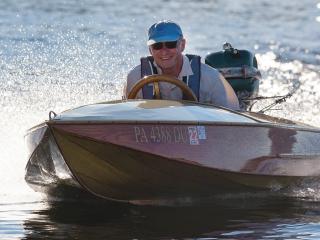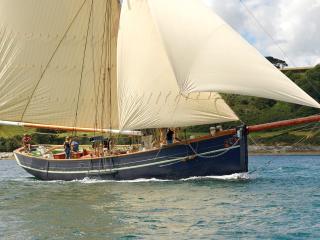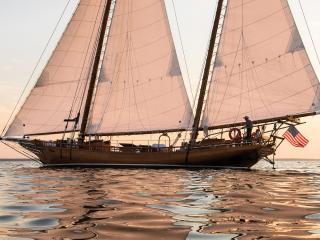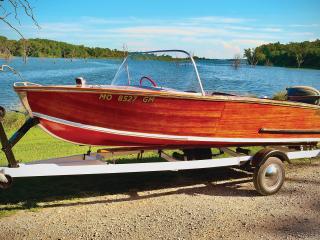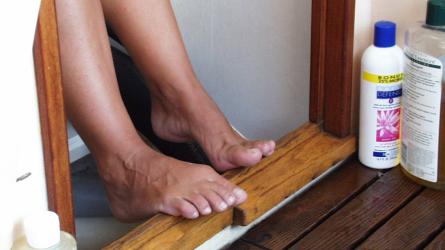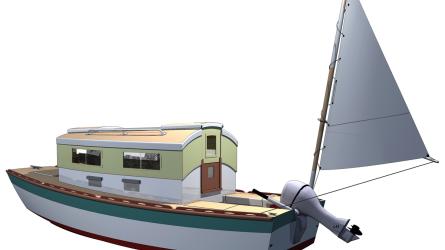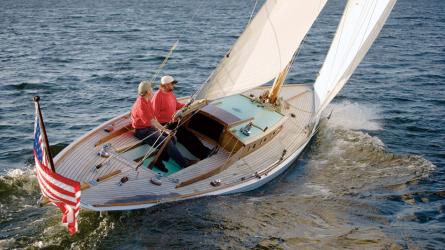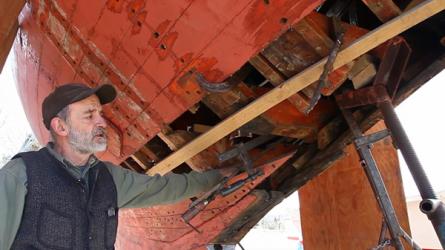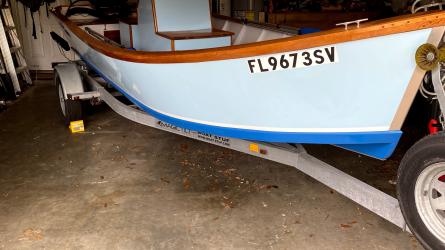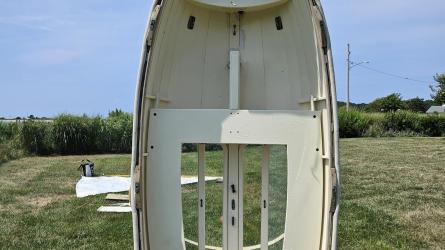November / December 2020
The Dream Boats of Seattle
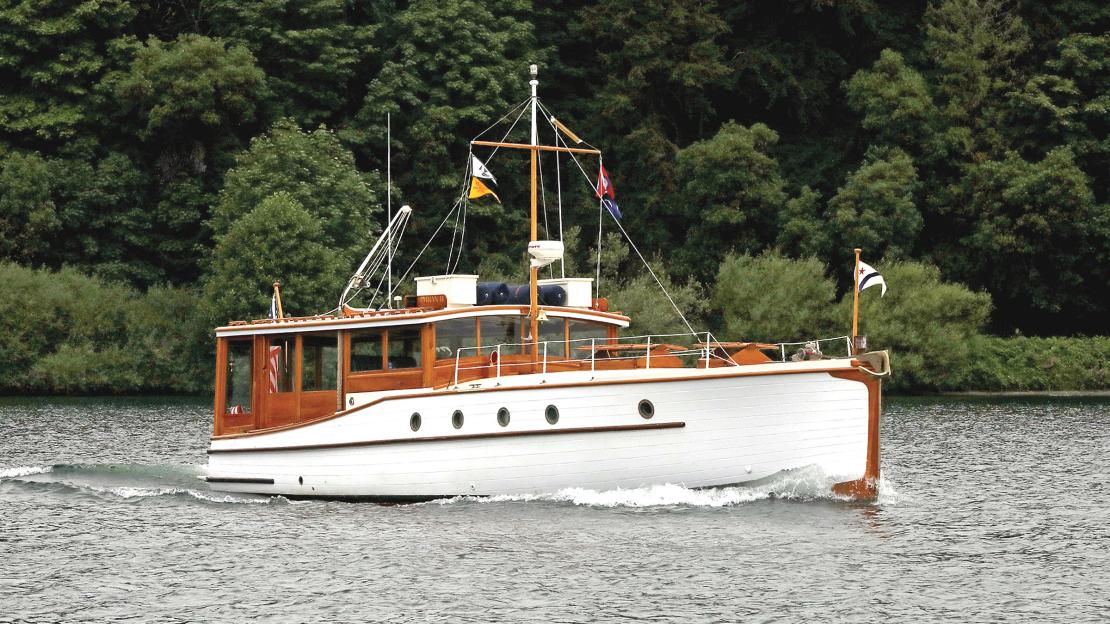
At speed on Lake Washington, MARIAN II, a so-called Dream Boat that originated on nearby Lake Union, exudes elegance without ostentation. The type was a production boat of the 1920s, and its builder optimistically promoted it as an aspiration “well within the reach of the man of moderate means.”
One spring afternoon in 1928, The Seattle Daily Times dispatched one of its reporters—a “veritable landlubber,” in the writer’s self-description—to amble over to nearby Lake Union Dry Dock Co., step aboard an imposing 42' motoryacht, and with a few minutes’ instruction, drive the vessel across Lake Union, navigate the Seattle Ship Canal and the Ballard Locks, then motor 4 miles across Puget Sound to the nearest island. Of course there was a wary minder from the boatbuilding company close by the wheel. And it’s almost equally certain that this was a promotional caper cooked up by the company with the eager collusion of the Times, but—it worked. The veritable landlubber didn’t run the boat into anything, and he returned to the newsroom all aglow to write a florid feature for the next Sunday paper. The big boat “responded to the slightest touch as quickly as an automobile in dense traffic,” he reported.
“When it is possible for anyone, without tedious instruction, to take the wheel of such a boat…he at once enjoys a thrill that no other mode of transportation offers, and a vista of adventure to ports of Alaska, the entire Pacific Coast with, maybe, a long vacation through the Panama Canal up the Atlantic side, is opened before him.”
Such a “vacation” was perhaps over the top of the possibilities that the company envisioned, but the unnamed reporter (the Times didn’t bestow bylines in that era) conveyed the canny marketing message the young company had for its Dream Boat: a moderately large and capable production cruiser, simple enough for the owner to operate without a professional skipper, with an enticingly low entry fee. If this weren’t enough, the company was even offering to berth and maintain the Dream Boats—$3 per month moorage and an estimated $100 annually in maintenance and repairs (in 2020 dollars, respectively, $45 and $1,507).
To read the rest of this article:
Click the button below to log into your Digital Issue Access account.
No digital access? Subscribe or upgrade to a WoodenBoat Digital Subscription and finish reading this article as well as every article we have published for the past 50-years.
ACCESS TO EXPERIENCE
2-for-1 Print & Digital Subscription Offer
For this holiday season, WoodenBoat is offering our best buy one, get one deal ever. Subscribe with a print & digital subscription for $42.95, and we’ll give you a FREE GIFT SUBSCRIPTION to share with someone special.
1 YEAR SUBSCRIPTION (6 ISSUES)
PLUS ACCESS TO MORE THAN 300 DIGITAL BACK ISSUES
PRINT+DIGITAL $42.95
Subscribe
To read articles from previous issues, you can purchase the issue at The WoodenBoat Store link below.
 Purchase this issue from
Purchase this issue from
